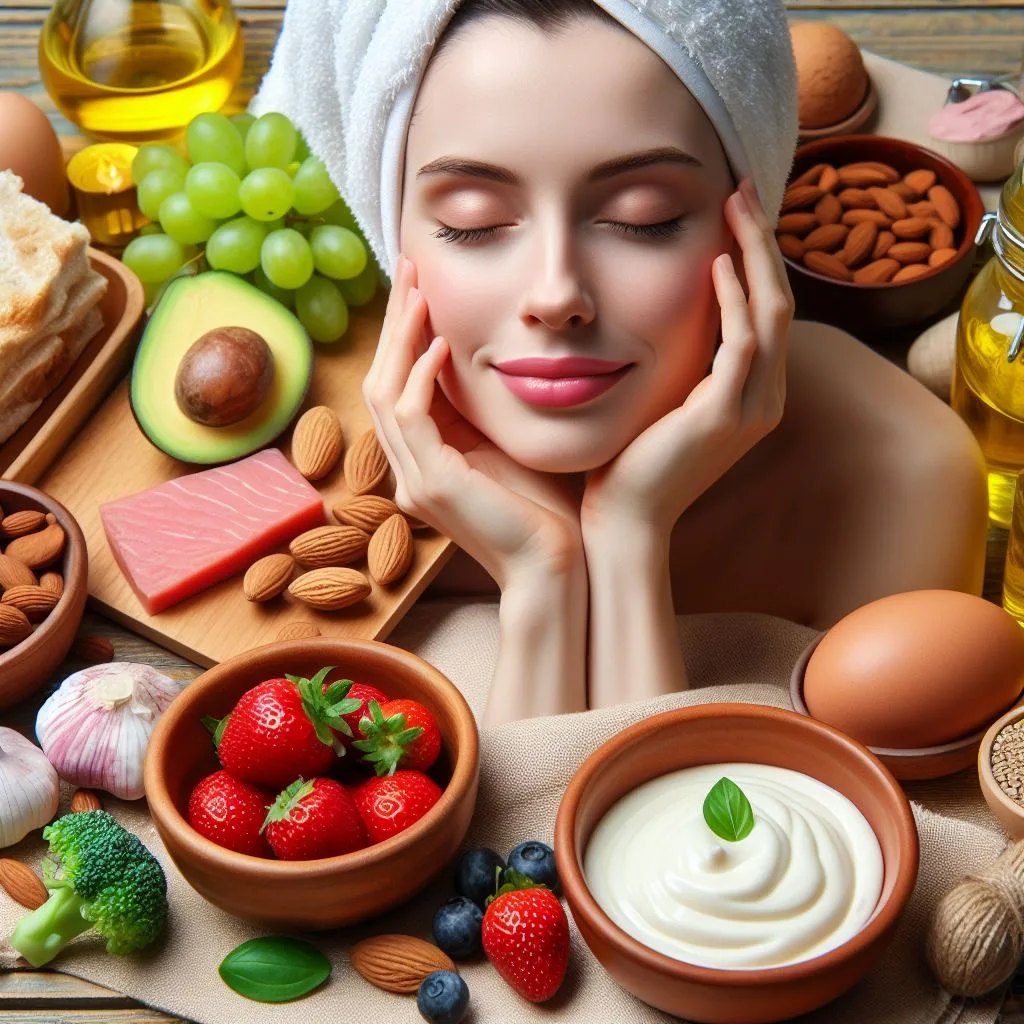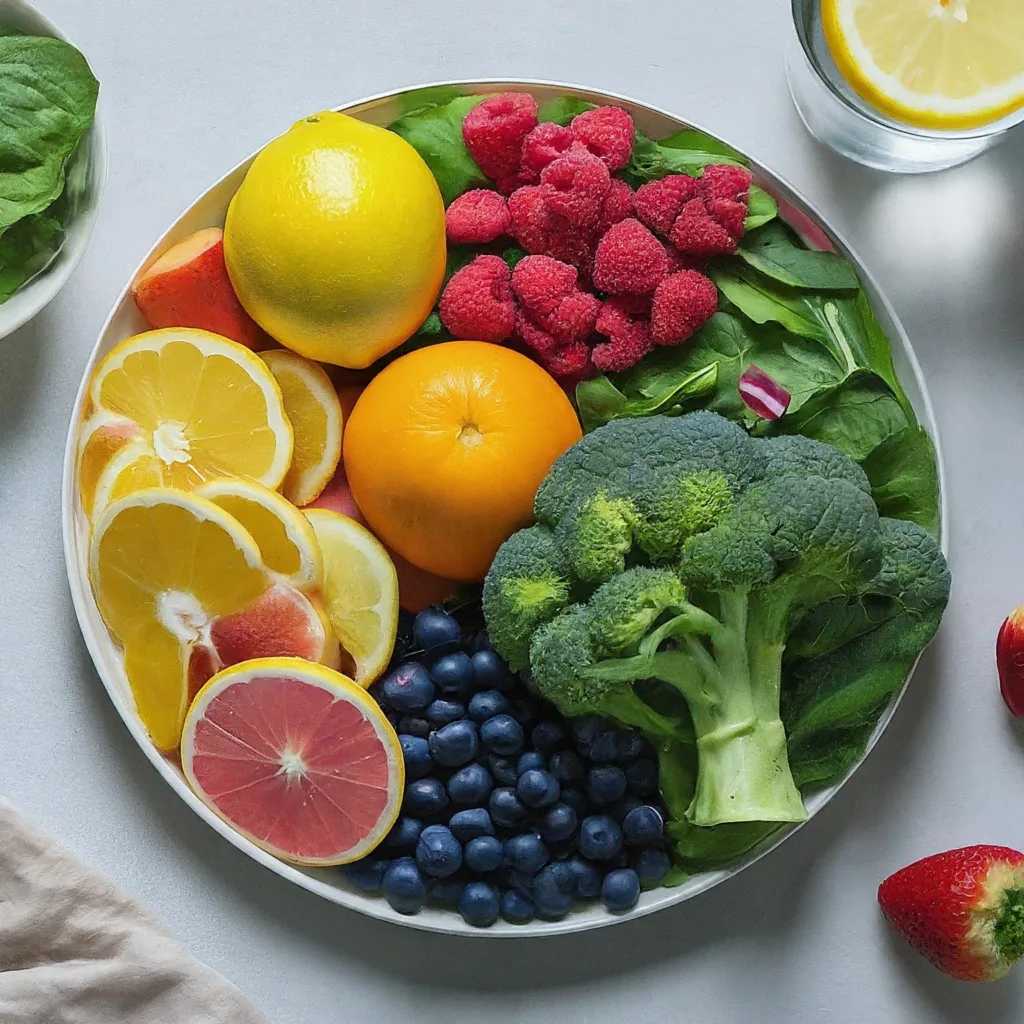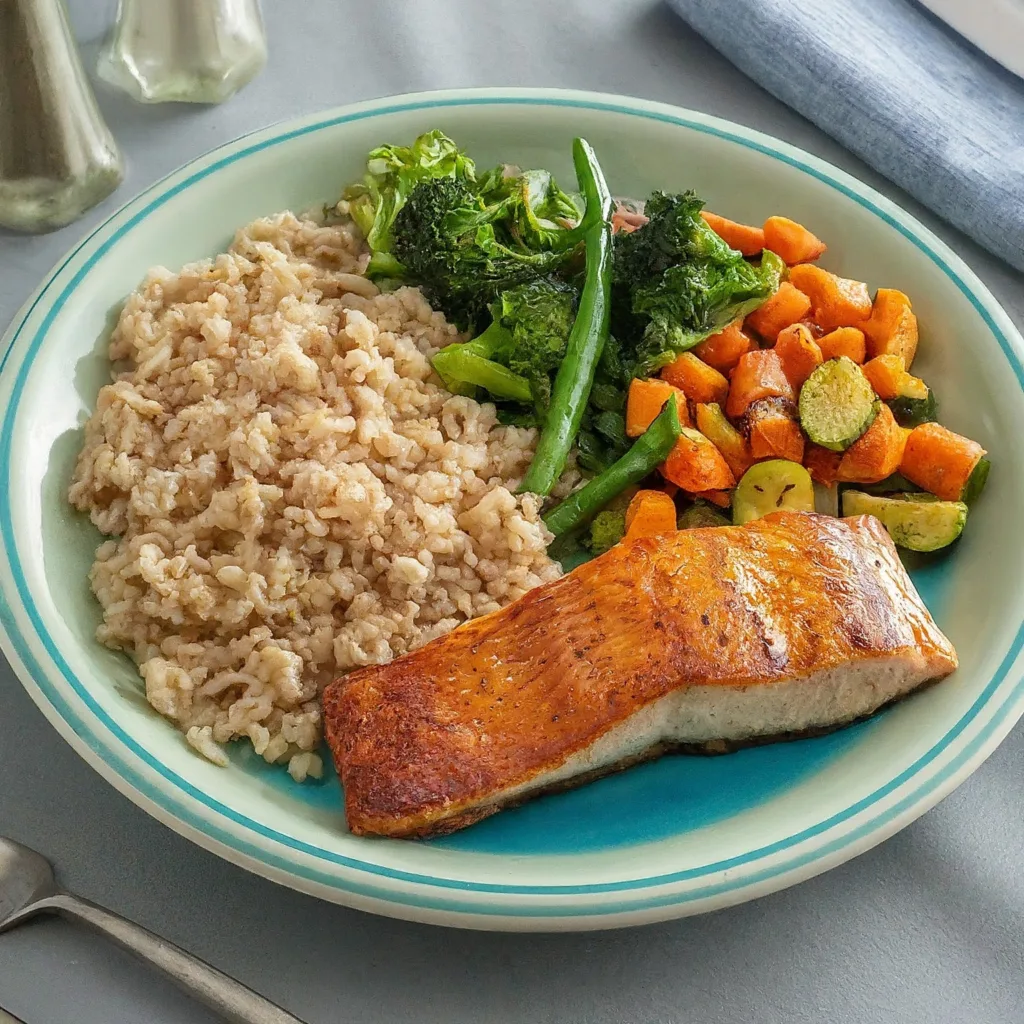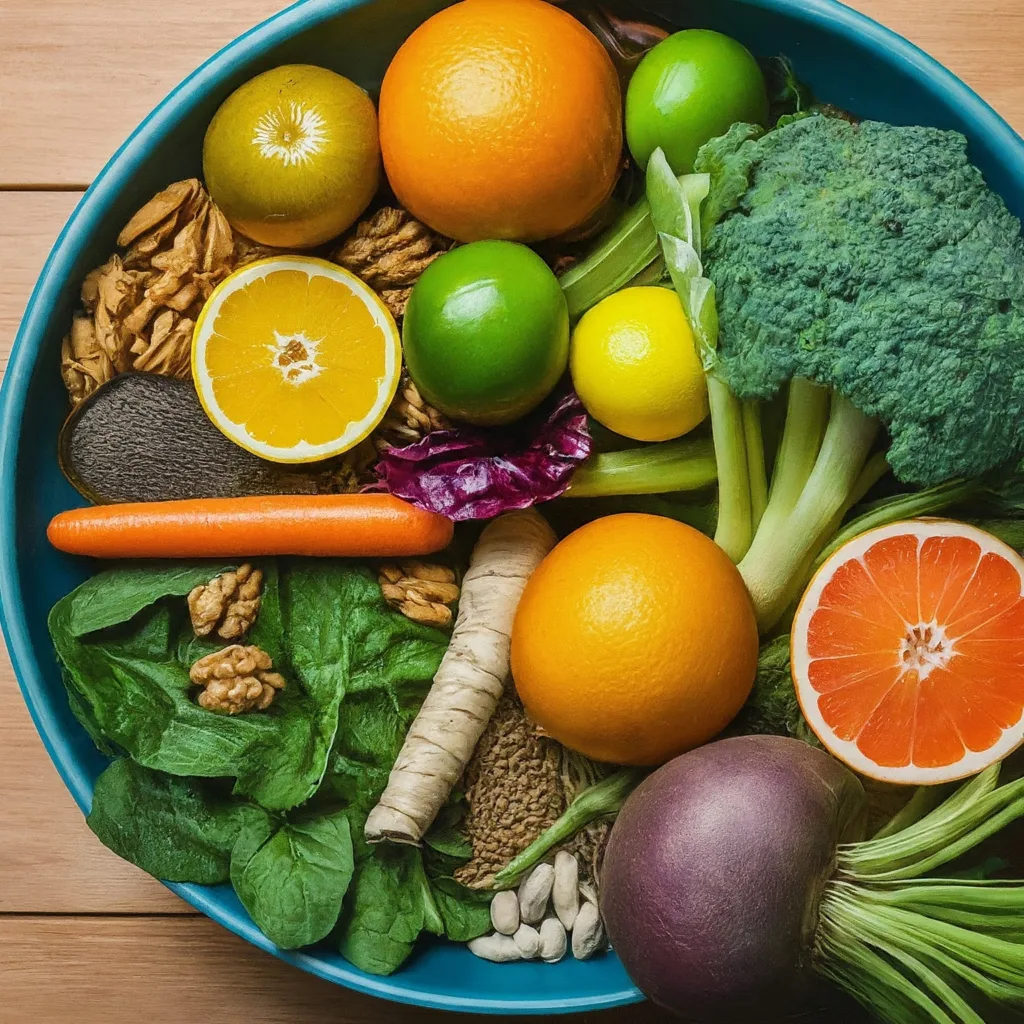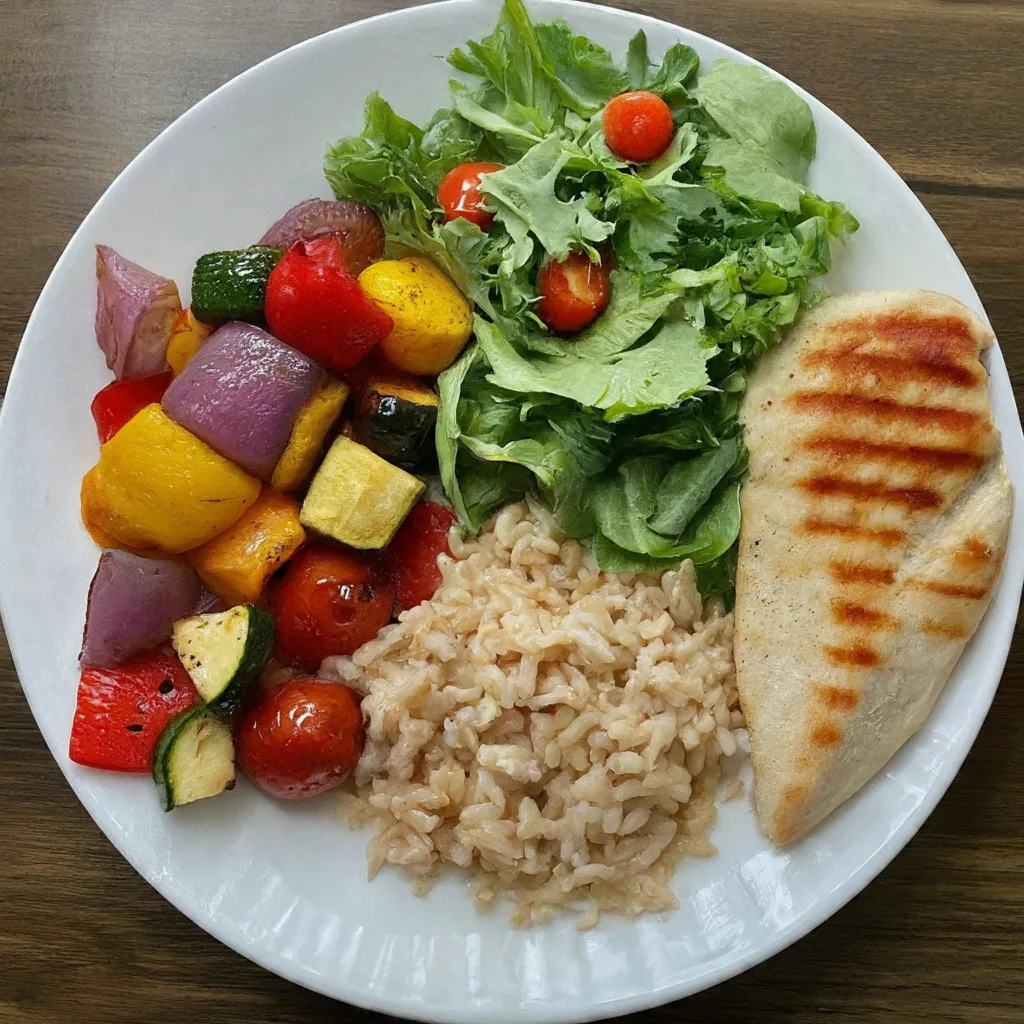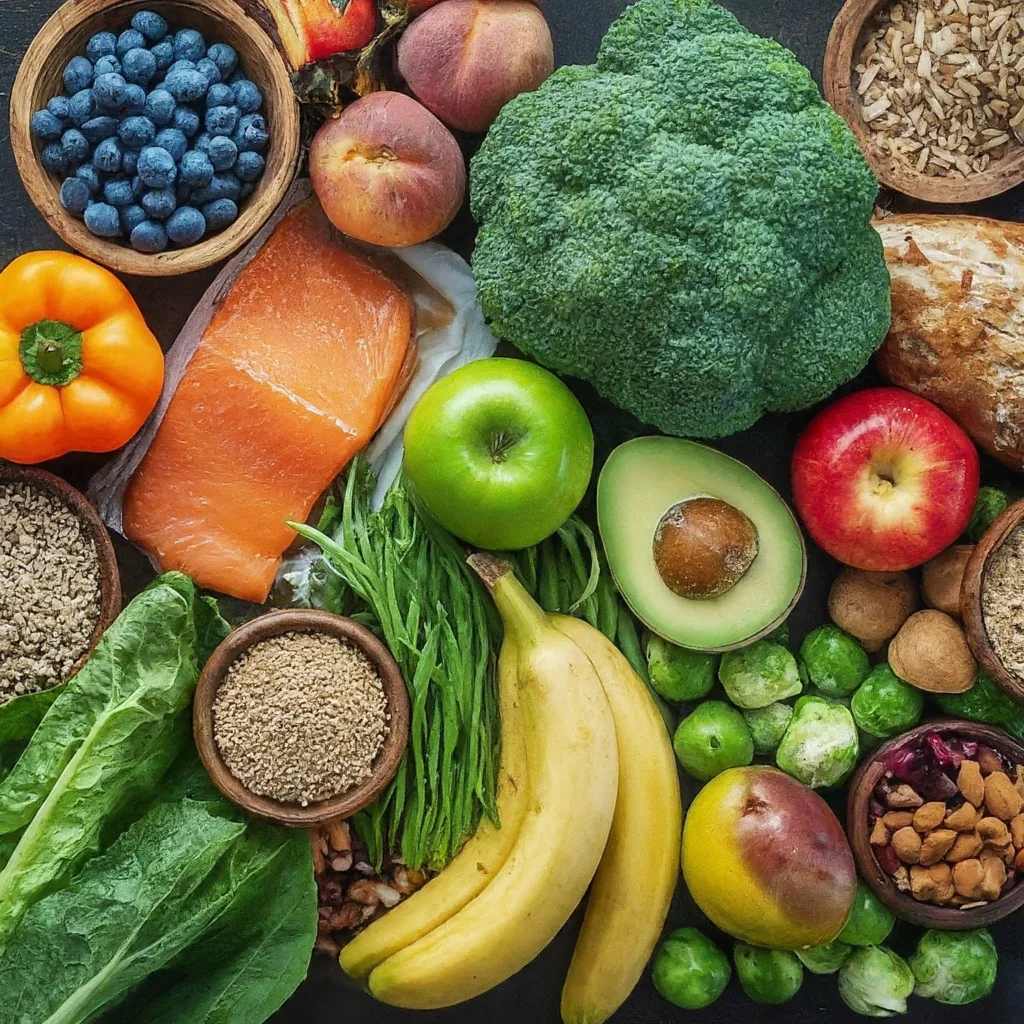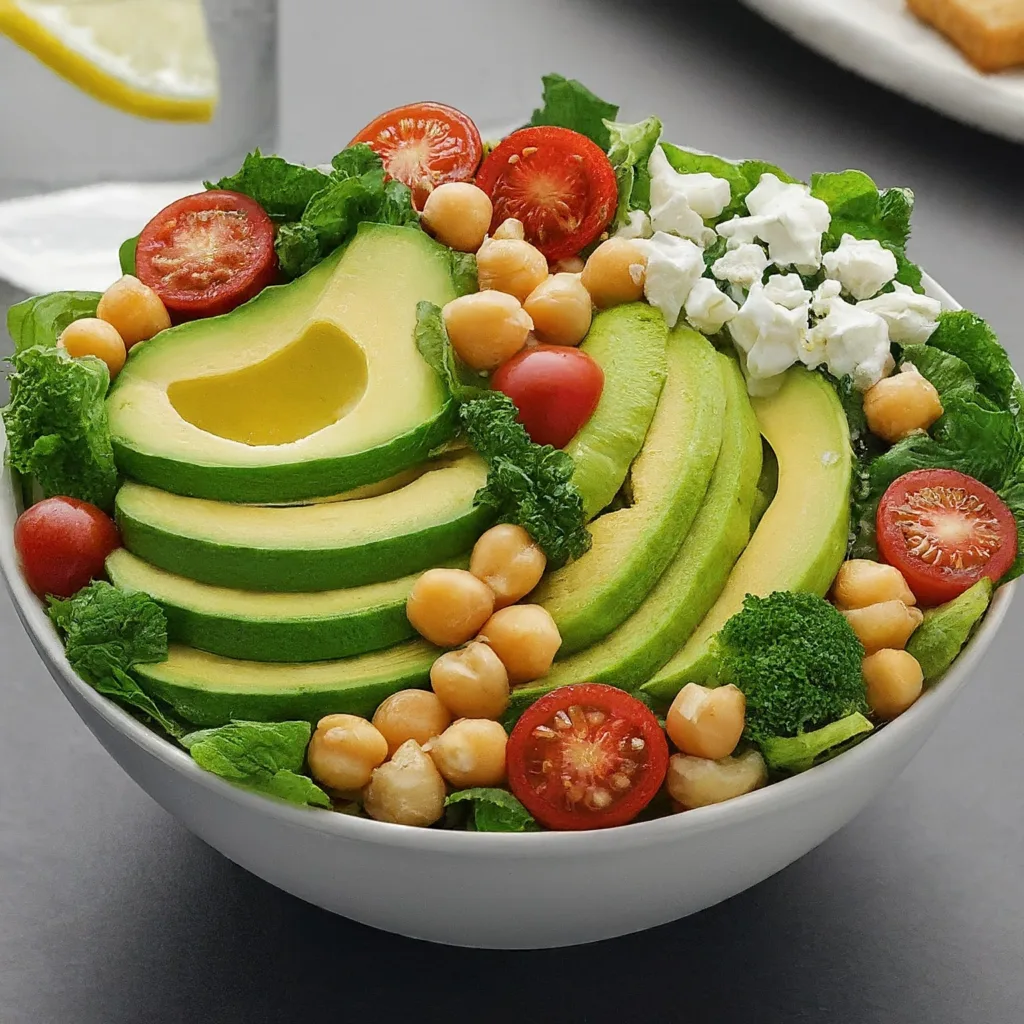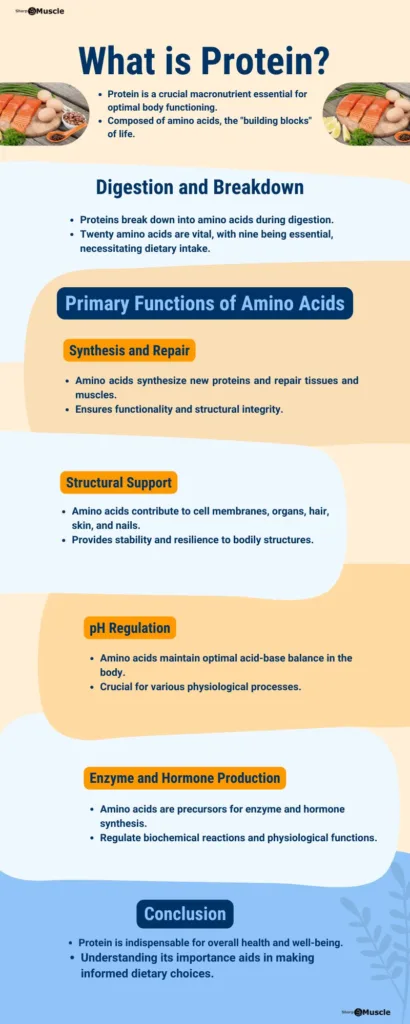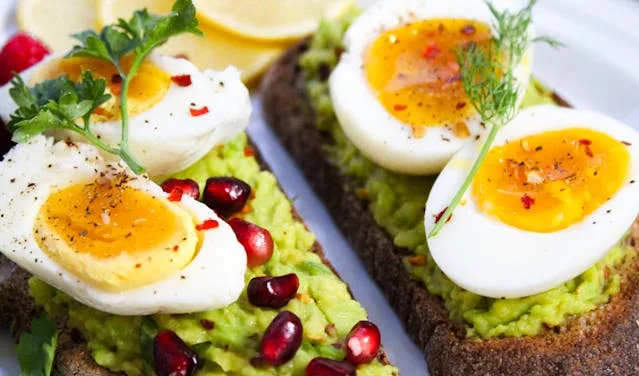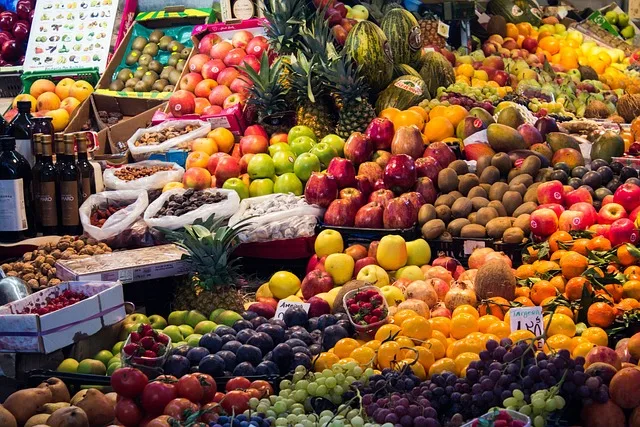If you experience redness, itching, burning, or stinging sensations on your skin, you’re not alone. Sensitive skin is incredibly common, and it can be a source of frustration and discomfort. While topical skincare plays a significant role in managing sensitive skin, the foods you eat can have a surprising impact—both positive and negative.
This article examines sensitive skin diet, the connection between diet and people with sensitive skin, examining how certain foods can support calmness and reduce irritation.
In This Article
Sensitive Skin: Understanding the Foundations
Sensitive skin comes in various forms, ranging from redness and irritation to allergic reactions. Identifying triggers, whether environmental, topical, or food-based, is crucial for effective management. While topical care is essential, adopting a gentle diet can complement these efforts and potentially alleviate symptoms from within.
Sensitive skin isn’t a singular condition. It can manifest in different ways:
- Dry and reactive: Prone to redness, flaking, tightness
- Rosacea-prone: Characterized by flushing, bumps, visible capillaries
- Eczema or allergy-prone: Reacts to specific ingredients, environmental triggers
Identifying your triggers is crucial. Keep a journal of your skin’s reactions alongside your meals, skincare products, and environmental factors (weather, allergens, etc.).
The Diet-Skin Link
Inflammation is a major player in sensitive skin woes.
A diet rich in certain nutrients can help calm systemic inflammation, reducing flare-ups. Conversely, some foods may act as irritants, worsening skin symptoms.
Gut-Health for Glowing Skin: The Gut-Skin Connection
Research has highlighted the significant influence of gut health on skin conditions. 1
Your gut microbiome, the collection of trillions of bacteria living in your digestive tract, plays a significant role in overall health, including skin health.
A balanced microbiome is essential for optimal skin health, as it influences factors such as inflammation and immune function. Nourishing your gut through diet can lead to a visible improvement in skin clarity and texture.
Nourishing your microbiome:
- Prebiotics: These non-digestible fibers feed beneficial gut bacteria (bananas, oats, garlic)
- Probiotics: Live bacteria that add to your gut’s good population (yogurt, kimchi, sauerkraut)
- Fermented Foods: Naturally rich in probiotics (miso, tempeh)
Chronic inflammation contributes to many health issues, including skin conditions. An anti-inflammatory diet can help reduce redness and breakouts associated with sensitive skin.
Anti-Inflammatory Foods for Skin: Skin-Calming Superstars
Think of a vibrant plate filled with an array of colorful fruits and vegetables—these aren’t just eye-catching; they’re your skin’s superheroes! Packed with antioxidants, these foods wage war against inflammation and oxidative stress, working tirelessly to keep your skin calm and radiant.
But wait, there’s more! Enter omega-3 fatty acids, the unsung heroes of skin health. These essential nutrients aren’t just good for your heart; they’re vital for maintaining a robust skin barrier and keeping inflammation at bay. So, next time you’re eyeing that salmon or reaching for some flaxseeds, know that you’re not just satisfying your taste buds—you’re giving your skin the support it needs to shine.
And let’s not forget about vitamin E, the protective shield for your skin. Found abundantly in nuts, seeds, and avocados, vitamin E swoops in to defend your skin against oxidative damage, keeping it looking youthful and vibrant.
1. Antioxidant Powerhouses
- Berries: Packed with flavonoids that protect cells from damage and inflammation. 2
- Citrus Fruits: Rich in vitamin C, an antioxidant that boosts collagen production for healthy skin. 3
- Leafy Greens: Excellent sources of antioxidants, including vitamin E, which can soothe skin.
2. Omega-3 Fatty Acids: Barrier Repair Heroes
- Fatty Fish (salmon, mackerel): Rich in omega-3s, which help reduce inflammation and strengthen the skin barrier. 4
- Flaxseeds and Walnuts: Good vegetarian sources of omega-3 fatty acids.
3. Vitamin E’s Protective Touch
- Nuts and Seeds: High in vitamin E, a natural protector against sun damage and free radicals that contribute to inflammation.
- Avocados: A rich source of vitamin E and healthy fats for skin hydration.
Soothing Skin Nutrition: The Power of Hydration
Your skin has a natural protective layer called the moisture barrier. It’s made up of essential components like cholesterol, fatty acids, and ceramides. This barrier’s crucial job is to lock in moisture and keep your skin healthy. However, when this barrier is damaged or compromised, your skin loses its ability to retain hydration, leading to dryness, irritation, and other issues.
“Think of your skin like a cement sidewalk. When your moisture barrier is broken, it’s like deep cracks running up and down your sidewalk,” explains NYC-based dermatologist Janet Prystowsky. “These cracks expose our sensitive skin layers to dry air, causing them to dehydrate.”
The good news is that moisture barrier damage isn’t permanent. With the right lifestyle changes, you can repair your barrier and restore healthy hydration levels. And the best part? These positive changes can happen quickly!
While achieving long-lasting skin health takes time, you can start seeing a noticeable boost in skin hydration within a matter of days. In fact, it’s possible to improve your skin’s hydration levels in just 24 hours!
Here are some quick and effective tips to boost your skin’s hydration:
1. Water: Your Skin’s Best Friend
Water is essential for every bodily function, it maintains the skin moisture and elasticity.
When skin is dehydrated, it’s more vulnerable to irritation, dryness, and premature aging. Aim for at least 8 glasses of water daily, and more if you’re active or in hot weather.
2. Hydrating Superfoods
- Watermelon: High water content plus antioxidants for an extra skin-boost
- Cucumbers: Cooling, hydrating, and naturally anti-inflammatory
- Celery: Rich in electrolytes to support overall hydration
3. Skin-Soothing Herbal Infusions
- Chamomile: Known for its calming properties, reducing redness 5
- Green Tea: Packed with polyphenols with anti-inflammatory and antioxidant effects 6
- Nettle: May help reduce skin inflammation 7 (consult with your doctor first, especially if taking other medications)
Foods to Approach with Caution
While many foods can benefit sensitive skin, some may exacerbate symptoms. A gentle sensitive skin diet focuses on nourishing foods, it’s equally important to be aware of potential triggers:
- The Sugar Rollercoaster. Sugary foods and refined carbohydrates cause blood sugar spikes and crashes, leading to inflammation. Excess sugar can also disrupt gut bacteria balance, further impacting skin health.
- Processed Foods: A Source of Irritants. Processed foods are often high in unhealthy fats, salt, artificial additives, and preservatives, known potential irritants for sensitive skin.
- Dairy: Friend or Foe? For some individuals, dairy products can exacerbate skin conditions like acne or eczema. If you suspect dairy sensitivity, an elimination diet under the guidance of a healthcare professional can help.
- Nightshades: Potential Culprits. Nightshade vegetables (tomatoes, eggplant, peppers, potatoes) contain alkaloids which may trigger inflammation in some people. Pay attention to your skin’s reaction after consuming these.
Holistic Care for Radiant Skin
A gentle sensitive skin diet is a powerful step towards calmer skin, but it’s part of a broader picture:
- Stress hormones can worsen skin conditions. Relaxation techniques like deep breathing, meditation, or yoga can be helpful.
- Choose cleansers and moisturizers formulated for sensitive skin, without harsh ingredients or fragrances.
- Sun exposure triggers inflammation and exacerbates sensitivity. Look for mineral-based sunscreens that are less irritating.
Sensitive Skin Diet: Recipe Inspiration
Eating for sensitive skin health doesn’t have to be bland or boring. Here are some ideas and recipes to get you started:
1. Skin-Loving Breakfast: Nourishing Overnight Oats
- Overnight Oats with Berries and Almonds: Soak oats overnight in plant-based milk with a touch of maple syrup and vanilla. Top with fresh berries and almonds for antioxidants and healthy fats.
- Spinach and Feta Egg Scramble: Sauté spinach with a sprinkle of feta cheese and add to your eggs for a nutrient boost. Serve with whole-grain toast.
- Avocado Toast with Smoked Salmon: Mash avocado onto whole-grain toast and top with smoked salmon for omega-3s and a drizzle of lemon.
Estimate Cost : 2.25 $
Time Needed : 5 minutes
Total Time Needed: Approximately 6-8 hours (including overnight refrigeration) – Preparation Time: 5 minutes, Overnight Refrigeration: 6-8 hours.
Cost: Rolled oats – $0.20, Plant-based milk – $0.50, Maple syrup – $0.15, Vanilla extract – $0.10, Mixed berries – $1.00, Sliced almonds – $0.30.
Step 1
In a jar or bowl, combine rolled oats, plant-based milk, maple syrup, and vanilla extract.
Step 2
Stir well to ensure the oats are fully coated in the liquid mixture.
Step 3
Cover the jar or bowl and refrigerate overnight, allowing the oats to soak and soften.
Step 4
In the morning, give the oats a good stir.
Step 5
Top the oats with mixed berries and sliced almonds for a boost of antioxidants and healthy fats.
Step 6
Enjoy your nourishing overnight oats straight from the jar or bowl, or transfer to a serving dish if preferred.
Additional Tips:
Feel free to customize your overnight oats with other toppings such as chia seeds, shredded coconut, or a dollop of Greek yogurt for added creaminess and protein. If you prefer sweeter oats, you can adjust the amount of maple syrup according to your taste preferences. Prepare multiple servings of overnight oats at once for a convenient grab-and-go breakfast option throughout the week.
Materials
- 1/2 cup rolled oats
- 1 cup plant-based milk (almond, soy, or coconut)
- 1 tablespoon maple syrup
- 1/2 teaspoon vanilla extract
- 1/4 cup mixed berries (strawberries, blueberries, raspberries)
- 1 tablespoon sliced almonds
2. Balanced Lunch Bowls: Wholesome Quinoa Delight
- Mediterranean Quinoa Bowl: Top cooked quinoa with cucumber, tomatoes, olives, chickpeas, and a tahini-lemon dressing.
- Salmon and Roasted Veggie Bowl: Bake salmon alongside sweet potatoes, broccoli, and Brussels sprouts. Drizzle with olive oil and a balsamic glaze.
- Grilled Chicken Salad: Top leafy greens with grilled chicken, berries, walnuts, and a light vinaigrette.
Ingredients:
- 1 cup cooked quinoa
- 1/4 cucumber, diced
- 1/2 cup cherry tomatoes, halved
- 2 tablespoons sliced black olives
- 1/4 cup cooked chickpeas
- 2 tablespoons tahini
- 1 tablespoon lemon juice
- Salt and pepper, to taste
Instructions:
- Cook quinoa according to package instructions and let it cool slightly.
- In a bowl, layer cooked quinoa with diced cucumber, halved cherry tomatoes, sliced black olives, and cooked chickpeas.
- In a separate small bowl, whisk together tahini, lemon juice, salt, and pepper to make the dressing.
- Drizzle the tahini-lemon dressing over the quinoa bowl.
- Gently toss the ingredients to combine.
- Serve immediately or refrigerate until ready to eat.
Estimated Time Needed:
- Preparation Time: 15 minutes
- Cooking Time: 15 minutes
- Total Time: Approximately 30 minutes
Estimated Cost: $4.75
- Quinoa: $0.50
- Cucumber: $0.50
- Cherry tomatoes: $1.00
- Black olives: $0.50
- Chickpeas: $0.50
- Tahini: $0.75
- Lemon: $0.50
3. Satisfying Snacks: Energizing Trail Mix
- DIY Trail Mix: Combine nuts, seeds, dried fruit (unsweetened) for a portable energy boost.
- Hummus and Veggie Sticks: Dip carrots, celery, and bell peppers in hummus for fiber and antioxidants.
- Fruit Salad with Chia Seeds: Toss your favorite berries with diced melon, mango, or pineapple and sprinkle with chia seeds for extra fiber and omega-3s.
Ingredients:
- 1 cup mixed nuts (almonds, cashews, walnuts)
- 1/4 cup pumpkin seeds
- 1/4 cup dried cranberries
- 1/4 cup dried apricots, diced
Instructions:
- In a mixing bowl, combine mixed nuts, pumpkin seeds, dried cranberries, and diced dried apricots.
- Toss the ingredients together until evenly distributed.
- Transfer the trail mix to an airtight container or portion into individual snack bags for easy grab-and-go convenience.
- Enjoy your energizing trail mix whenever you need a quick pick-me-up during the day!
Estimated Time Needed:
- Preparation Time: 5 minutes
- Total Time: Approximately 5 minutes
Estimated Cost: $3.75
- Mixed nuts: $1.50
- Pumpkin seeds: $0.50
- Dried cranberries: $1.00
- Dried apricots: $0.75
Note: Prices are approximate and may vary depending on location and brand.
Conclusion
Every individual has unique skin sensitivities and needs. Pay close attention to how your skin responds to different foods. Remember, consistency is key!
A gentle sensitive skin diet contributes significantly to reduced skin irritation, redness, and breakouts. Positive changes might not happen overnight, but with time and patience, you’ll see your skin transform.
FAQs
- Mahmud MR, Akter S, Tamanna SK, Mazumder L, Esti IZ, Banerjee S, Akter S, Hasan MR, Acharjee M, Hossain MS, Pirttilä AM. “Impact of gut microbiome on skin health: gut-skin axis observed through the lenses of therapeutics and skin diseases.” Gut Microbes. 2022 Jan-Dec;14(1):2096995. doi: 10.1080/19490976.2022.2096995. PMID: 35866234; PMCID: PMC9311318.[↩]
- Qiu Y, Li K, Zhao X, Liu S, Wang L, Yang X, Jiang Z. “Fermented Feed Modulates Meat Quality and Promotes the Growth of Longissimus Thoracis of Late-Finishing Pigs.” Animals (Basel). 2020 Sep 17;10(9):1682. doi: 10.3390/ani10091682. PMID: 32957692; PMCID: PMC7552782.[↩]
- Pullar JM, Carr AC, Vissers MCM. “The Roles of Vitamin C in Skin Health.” Nutrients. 2017 Aug 12;9(8):866. doi: 10.3390/nu9080866. PMID: 28805671; PMCID: PMC5579659.[↩]
- Witt SH, Kleindienst N, Frank J, Treutlein J, Mühleisen T, Degenhardt F, Jungkunz M, Krumm B, Cichon S, Tadic A, Dahmen N, Schwarze CE, Schott B, Dietl L, Nöthen MM, Mobascher A, Lieb K, Roepke S, Rujescu D, Rietschel M, Schmahl C, Bohus M. “Analysis of genome-wide significant bipolar disorder genes in borderline personality disorder.” Psychiatr Genet. 2014 Dec;24(6):262-5. doi: 10.1097/YPG.0000000000000060. PMID: 25304227; PMCID: PMC4219535.[↩]
- Srivastava JK, Shankar E, Gupta S. “Chamomile: A herbal medicine of the past with bright future.” Mol Med Rep. 2010 Nov 1;3(6):895-901. doi: 10.3892/mmr.2010.377. PMID: 21132119; PMCID: PMC2995283.[↩]
- Chacko SM, Thambi PT, Kuttan R, Nishigaki I. “Beneficial effects of green tea: a literature review.” Chin Med. 2010 Apr 6;5:13. doi: 10.1186/1749-8546-5-13. PMID: 20370896; PMCID: PMC2855614.[↩]
- Bhusal KK, Magar SK, Thapa R, Lamsal A, Bhandari S, Maharjan R, Shrestha S, Shrestha J. “Nutritional and pharmacological importance of stinging nettle (Urtica dioica L.): A review.” Heliyon. 2022 Jun 22;8(6):e09717. doi: 10.1016/j.heliyon.2022.e09717. PMID: 35800714; PMCID: PMC9253158.[↩]


